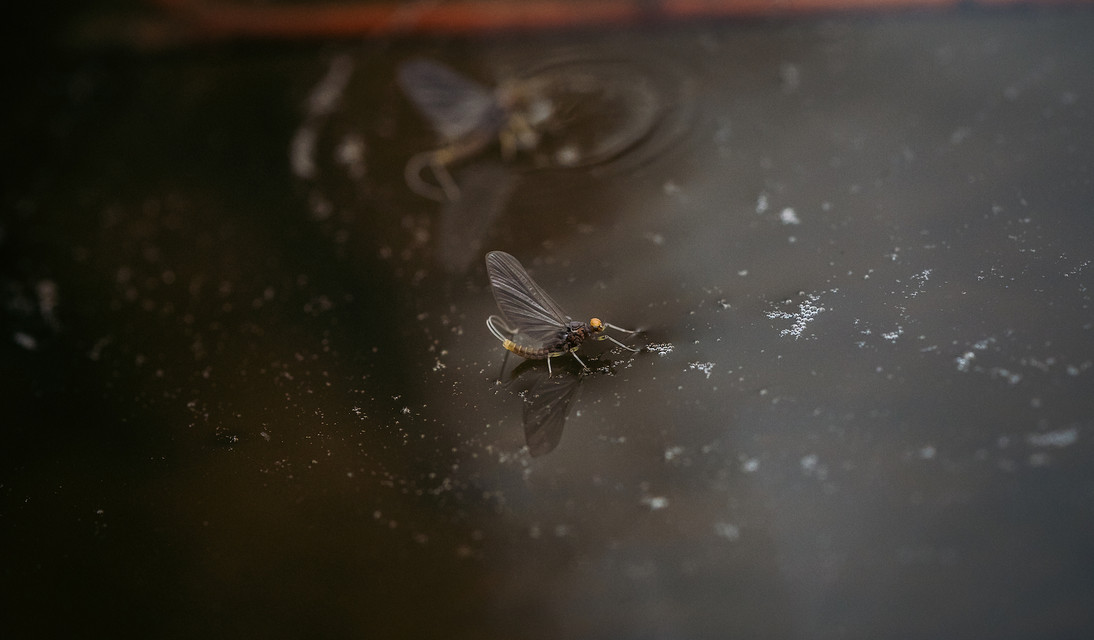
Spring Blue Wings: How to fish the Baetis Hatch
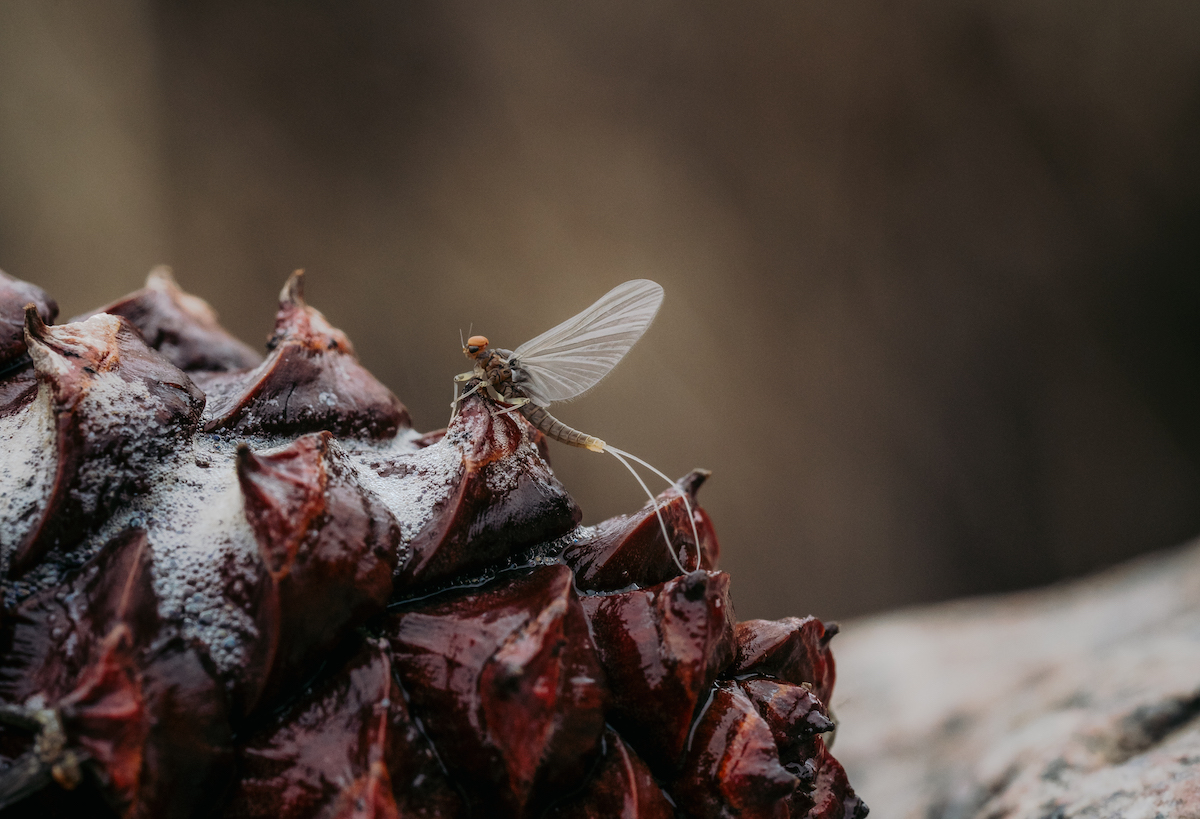
BAETIS GUIDE
They're the first major hatch of the spring and the last of fall. Baetis or Blue-winged Olives provide a chance to fish small dry flies to eager fish looking to pack on pounds. On dark and cloudy afternoons one might find themselves amidst a blanket hatch of these small mayflies as they struggle to dry their wings atop the water's surface and take flight.
The various stages of their lifecycle provide a chance for anglers to present flies to fish in a number of ways. Let's explore each stage and which patterns and methods work best.
Nymph \
In their nymph form, Baetis are quite small and swim rather well as they cling to rocks and vegetation subsurface. Having the proper size, profile, and weight is key to nymphing with these patterns.
Nymph Patterns \
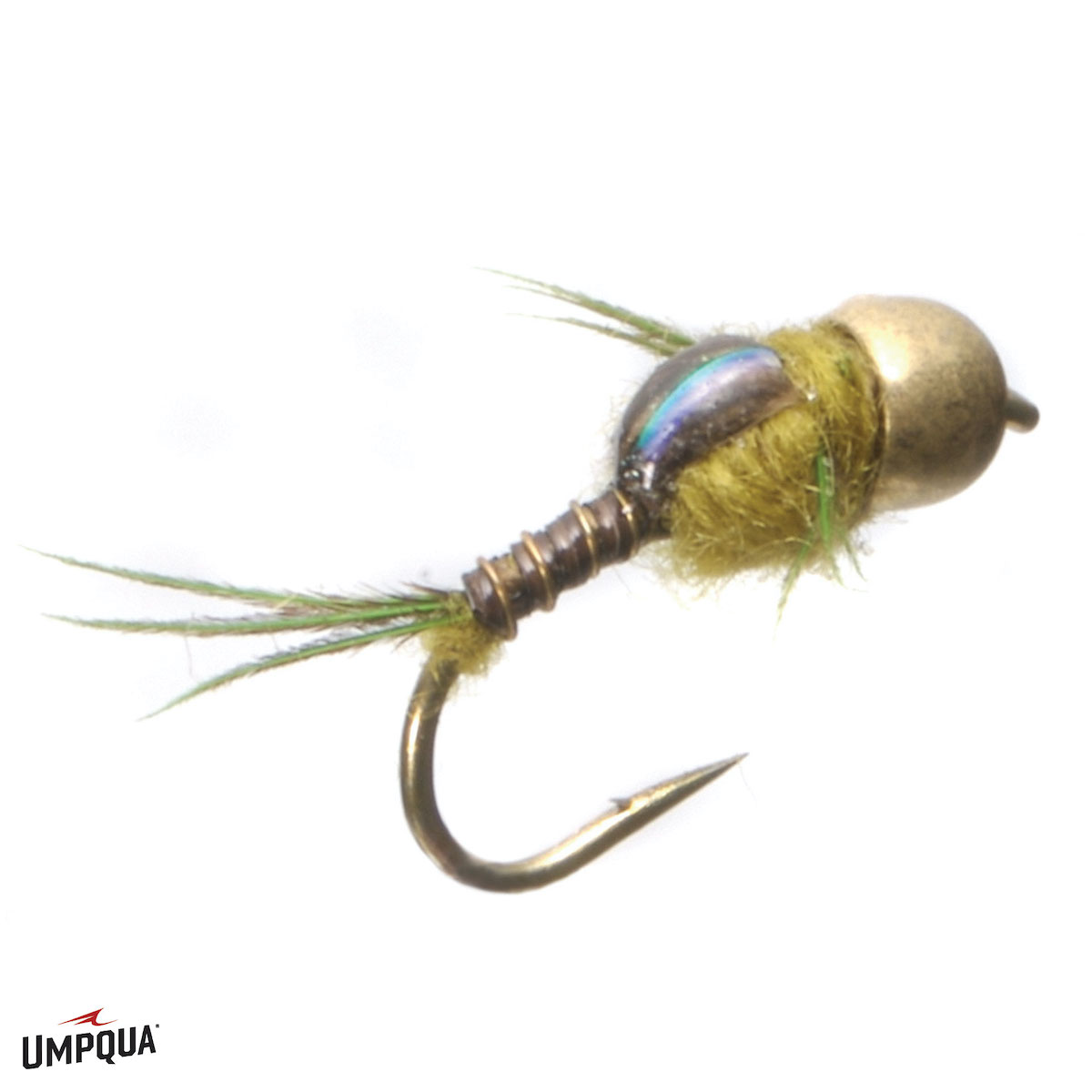
Micro-May Fly from Signature Tyer Mike Mercer
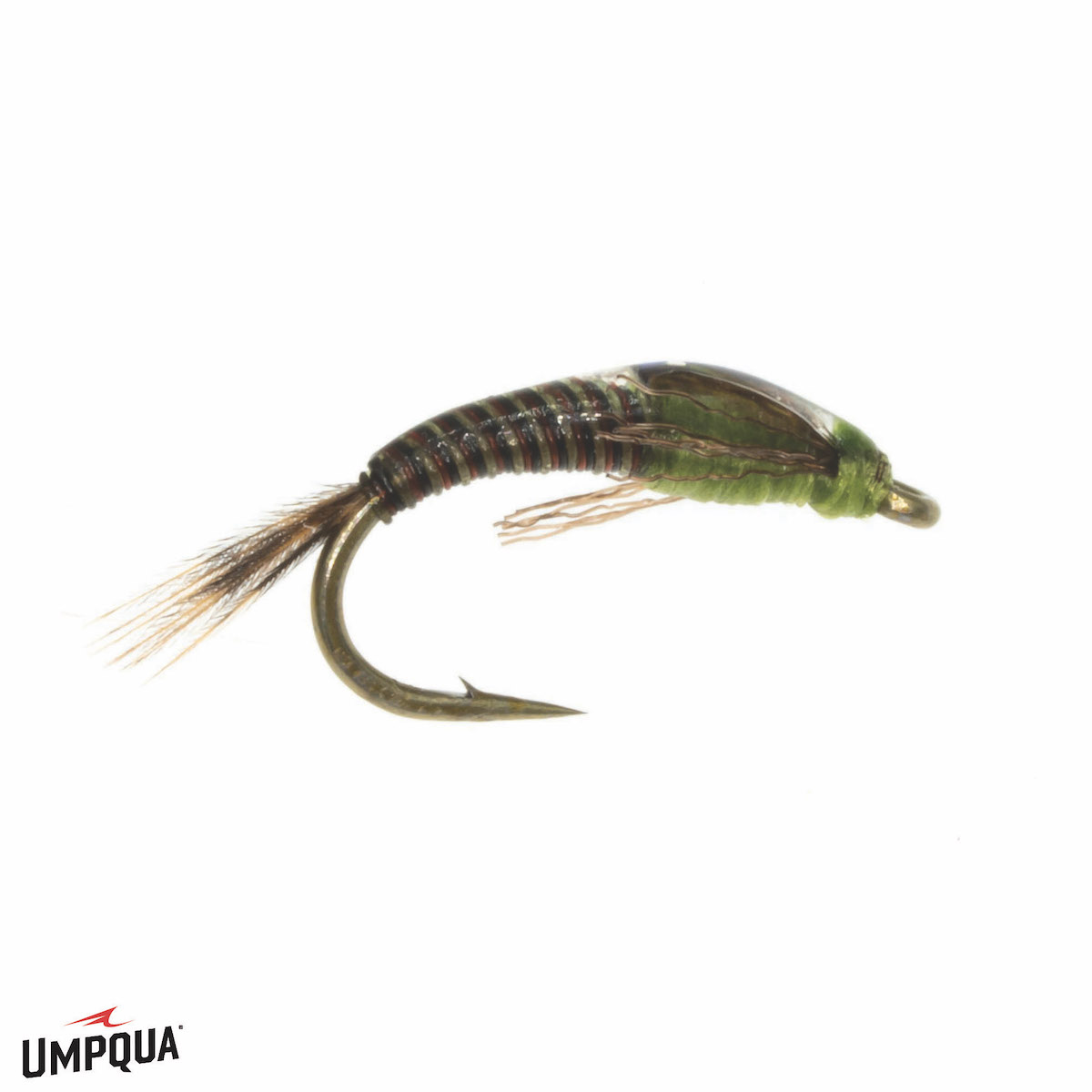
Juju Baetis from Signature tyer Charlie Craven
Emerger \
As the water temps rise these small mayflies begin to make their journey to the surface to emerge into their adult form. This a great time to fish the hatch and one of the most effective ways to catch fish. Fishing an emerger below a dry fly is a great way to go.
Emerger Patterns \
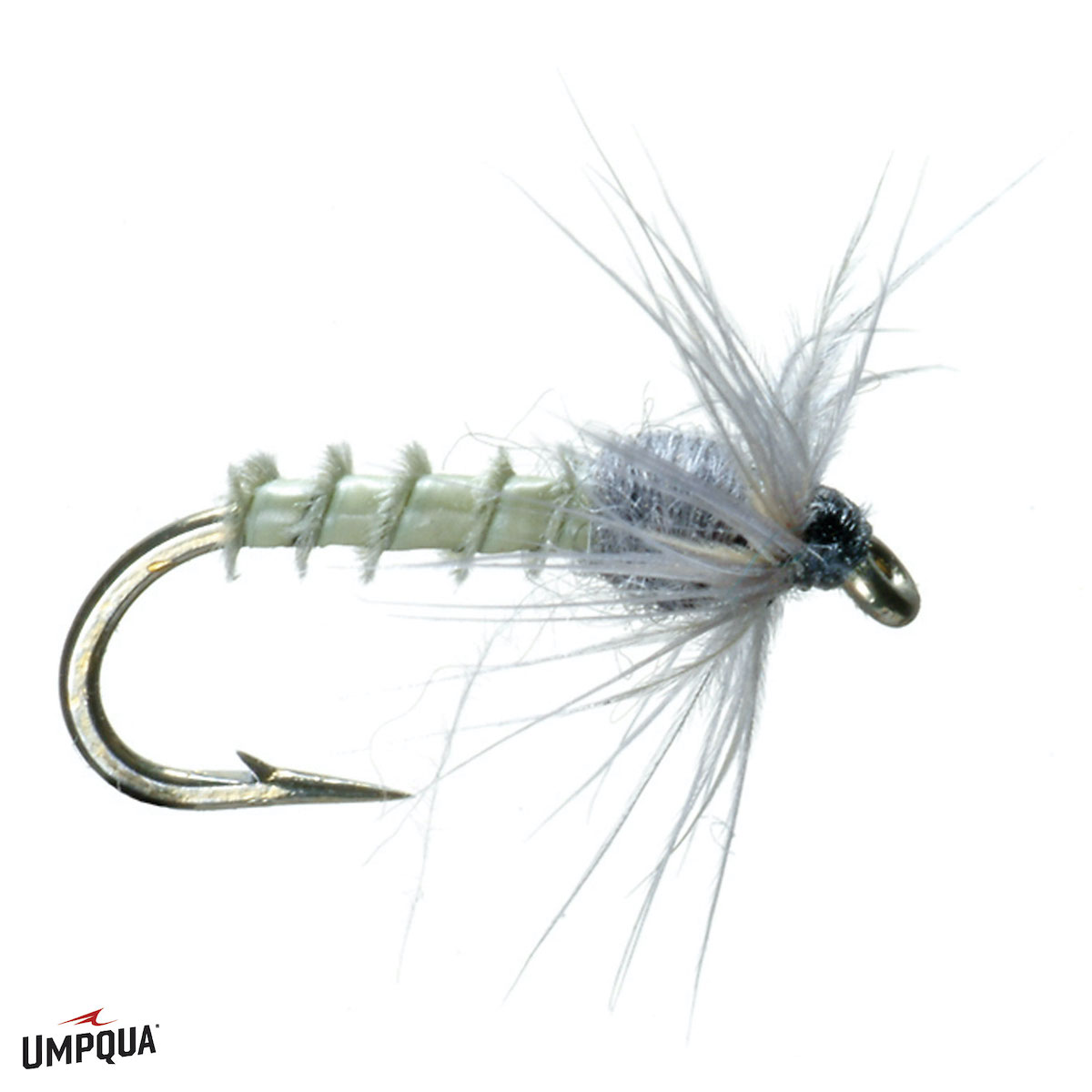
Biot Mayfly Emerger from the late Roy Palm
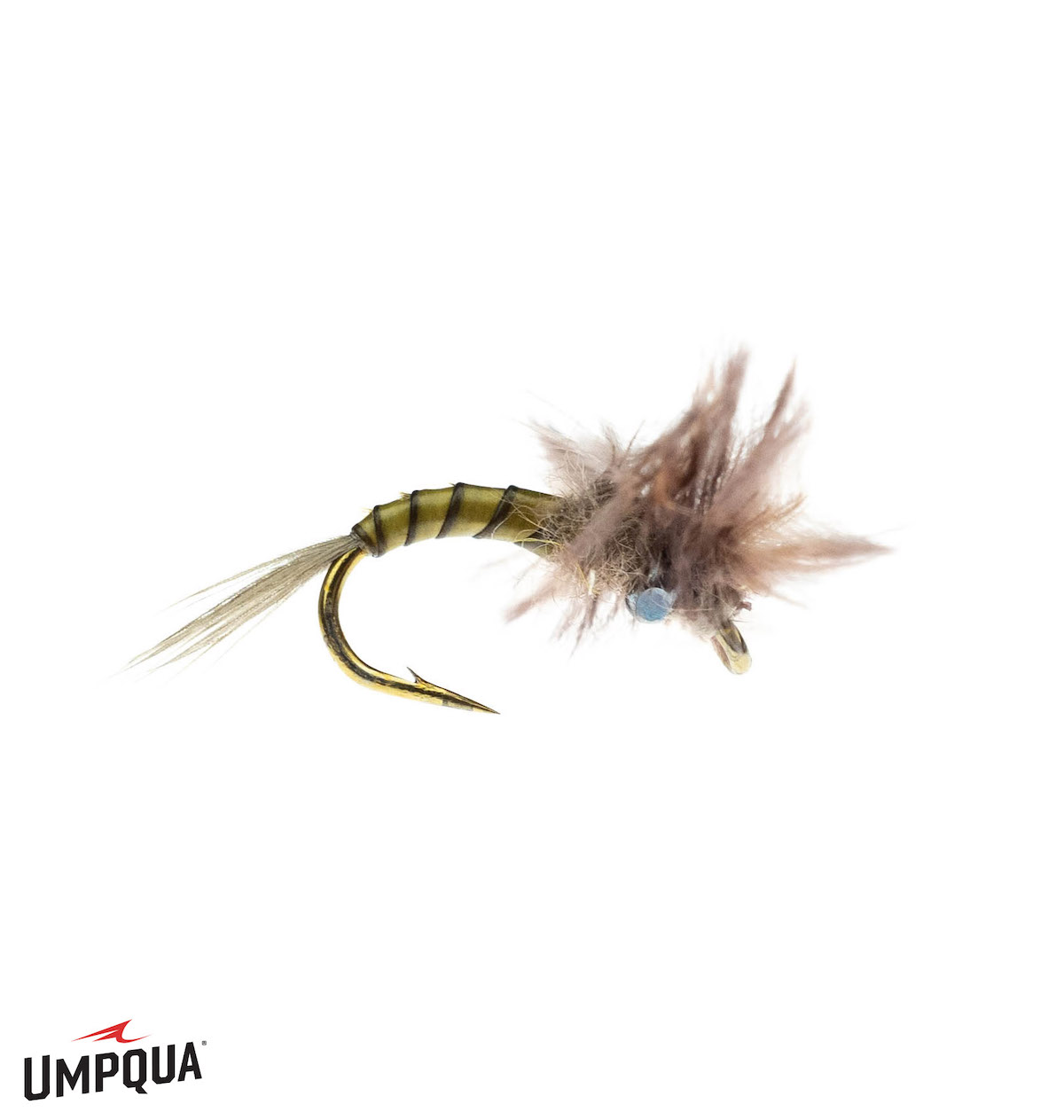
Bat Wing Emerger from Signature Tyer Tracy Peterson
Duns \
As the mayflies break the water's surface they begin to dry their wings and take flight, looking for a mate. Inclement weather and dark days can prolong the amount of time that the duns remain on the surface as it takes longer for their wings to dry, often making for some incredible dry fly fishing.
Adult patterns \
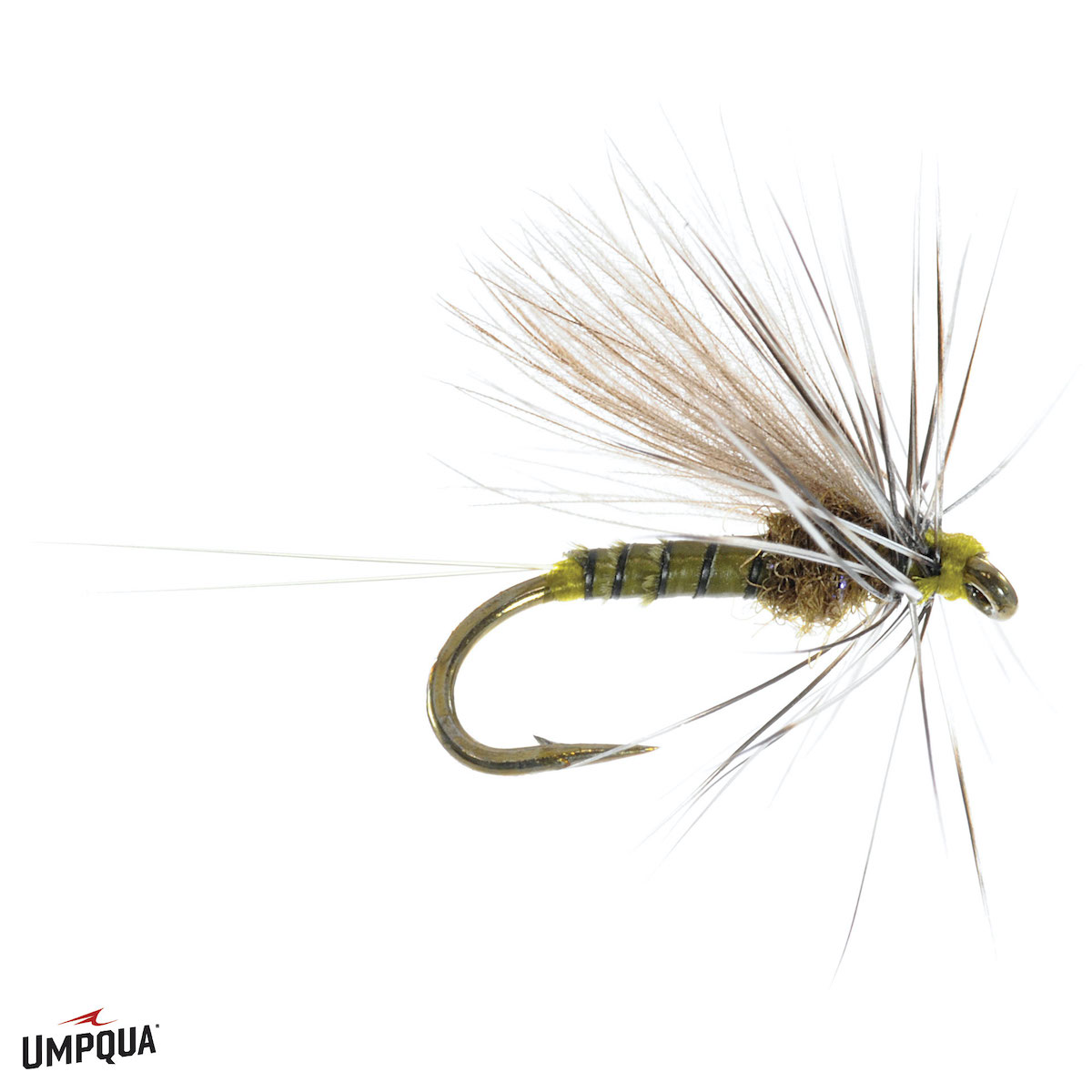
Low Water Baetis from Signature Tyer Norman Maktima
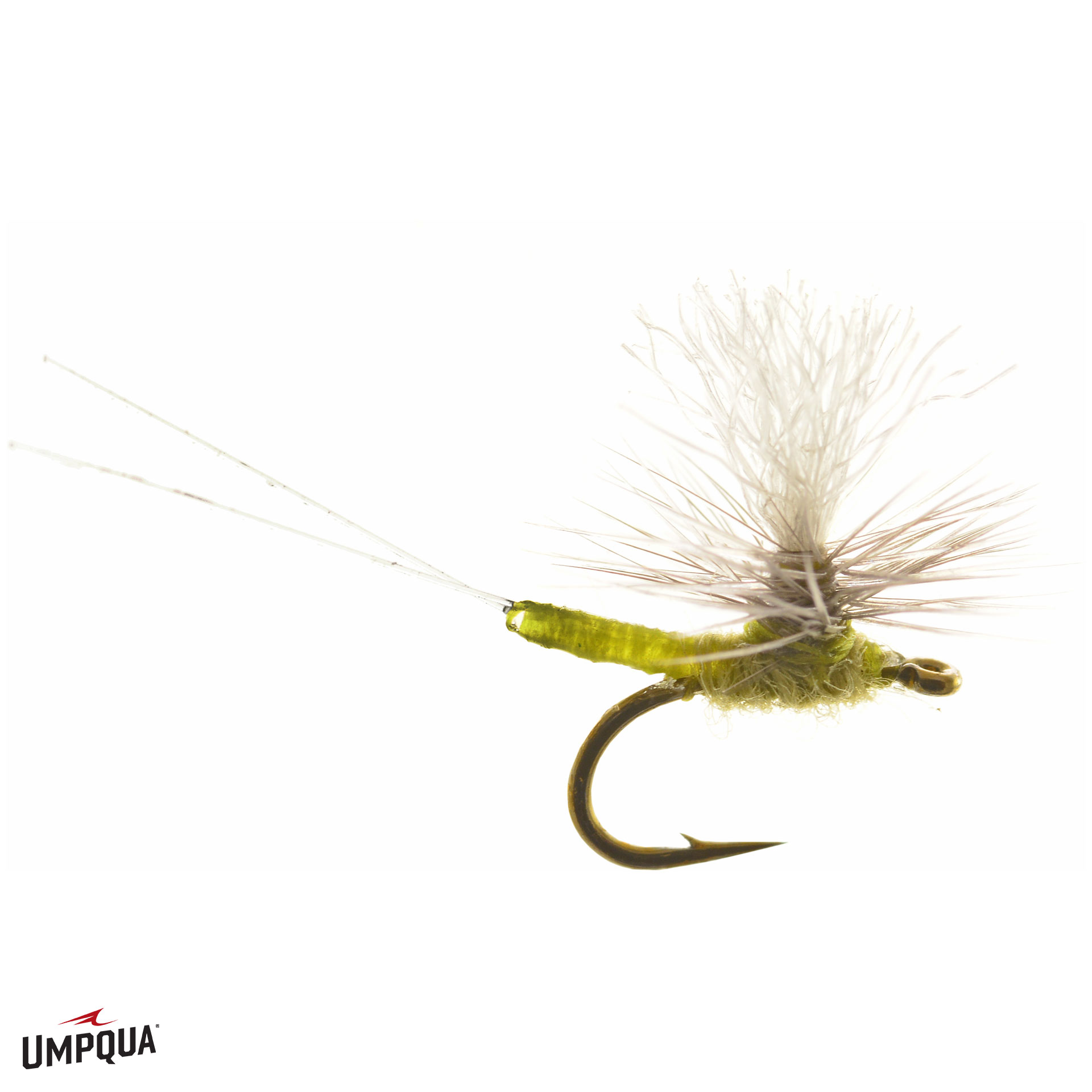
Iwan-e-Dun Para from Signature Tye Phil Iwane
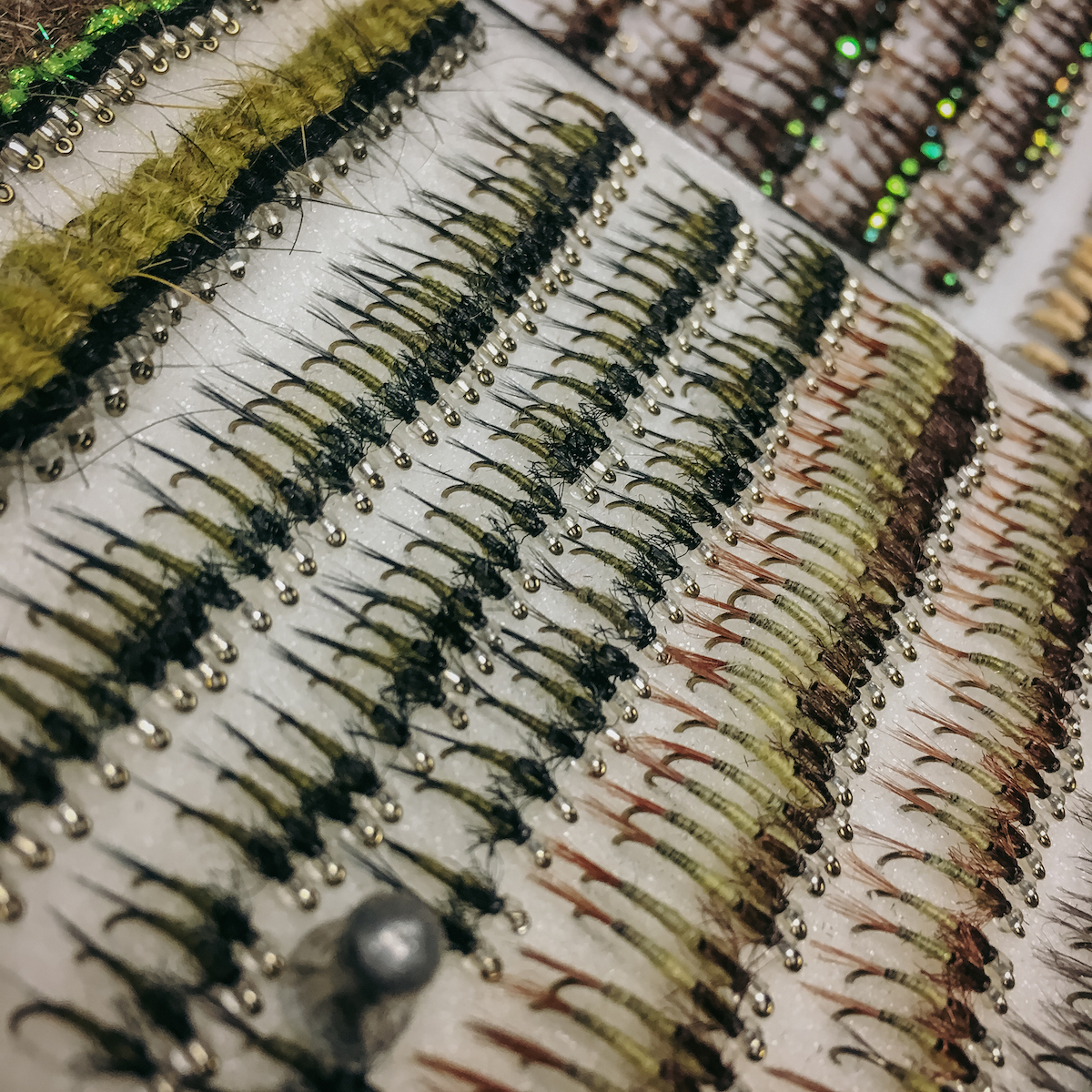
"As an angler, nothing excites me more than the arrival of the first mayflies of the season.
Baetis, or blue-winged olives, provide anglers with consistent dry fly opportunities between 1 and 3 p.m. each afternoon. The best hatches occur on rainy or snowy days because the inclement weather and high humidity stalls the development of the duns, keeping them on the water longer in comparison to bright and sunny days.
Blue bird days don't produce legendary dry fly fishing (in comparison to overcast days) because the duns wings dry quickly and get off the water’s surface before the trout can grab them. Don’t let this fool you however—because fishing with Baetis nymphs can be some of the best nymphing of the spring season.
Scores of fish move into the transitional zones and riffles and key heavily on Baetis nymphs during the height of the hatch. One of my favorite Baetis nymphs is the Mercury Baetis Nymph. Its slim profile and dark wing pad perfectly mimics an emerging Baetis nymph.
The glass bead adds a dash of flash which becomes a trigger that imitates the gas-bubble affect prior to emergence. The silver-lined glass bead helps separate your nymph from the crowd and works exceptionally well as an attractor in a tandem nymphing rig.
I hope you have as much success with this pattern as I have had over the years…it's simply one of my favorite guide flies!"
- Signature Tyer Pat Dorsey @patdorseyflyfishing
Light tippet and good presentations are key to a successful great day fishing with emerger or adult BWO patterns:
1- With a size range from 16-22 our BWO patterns need a tippet size that matches the small size. I would advise 5X, 6X, 7X and in extreme cases a 8X.
2- Always rub a little bit of bug butter on your fly before your first cast. This will increase the floating time on the lite CDC flies.
3 -Presentation: Try a lateral or downstream presentation. Most of the fish are very tippet sensitive and if our pattern is the first thing showing on their vision you will have a higher success rate.
- Signature Tyer Antonio Rodrigues @amrmagalhaes2
VIDEOS
